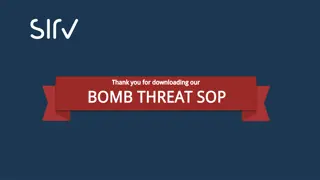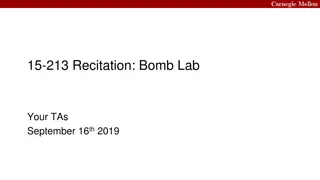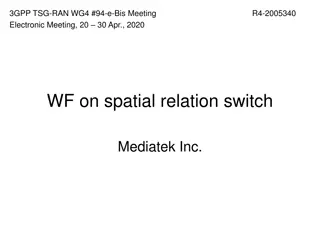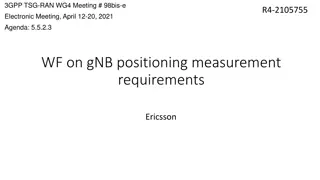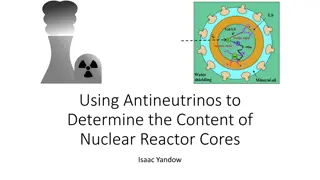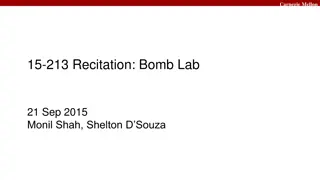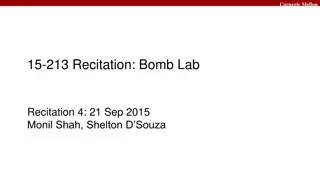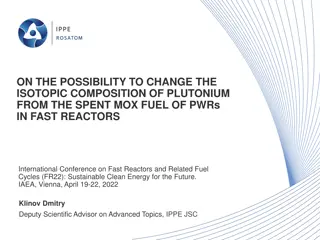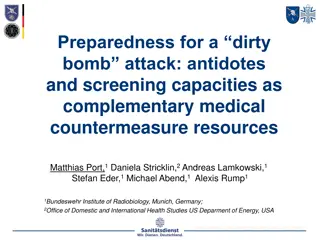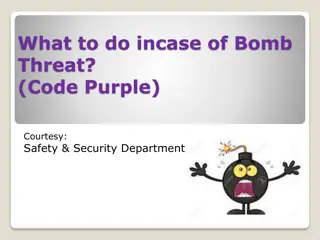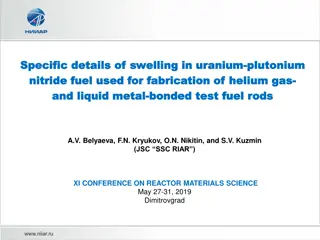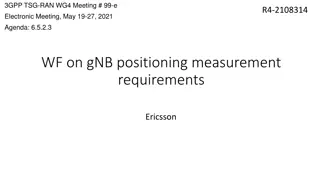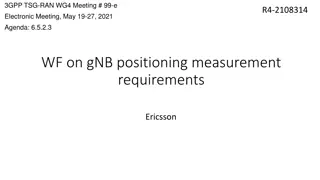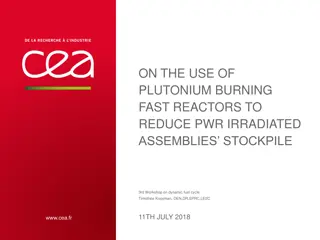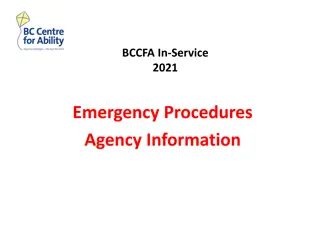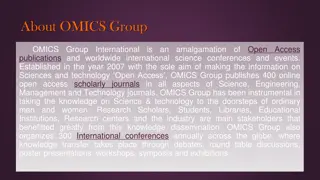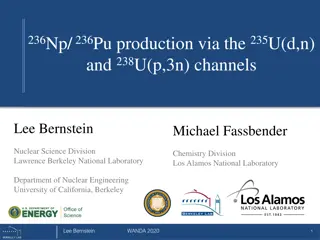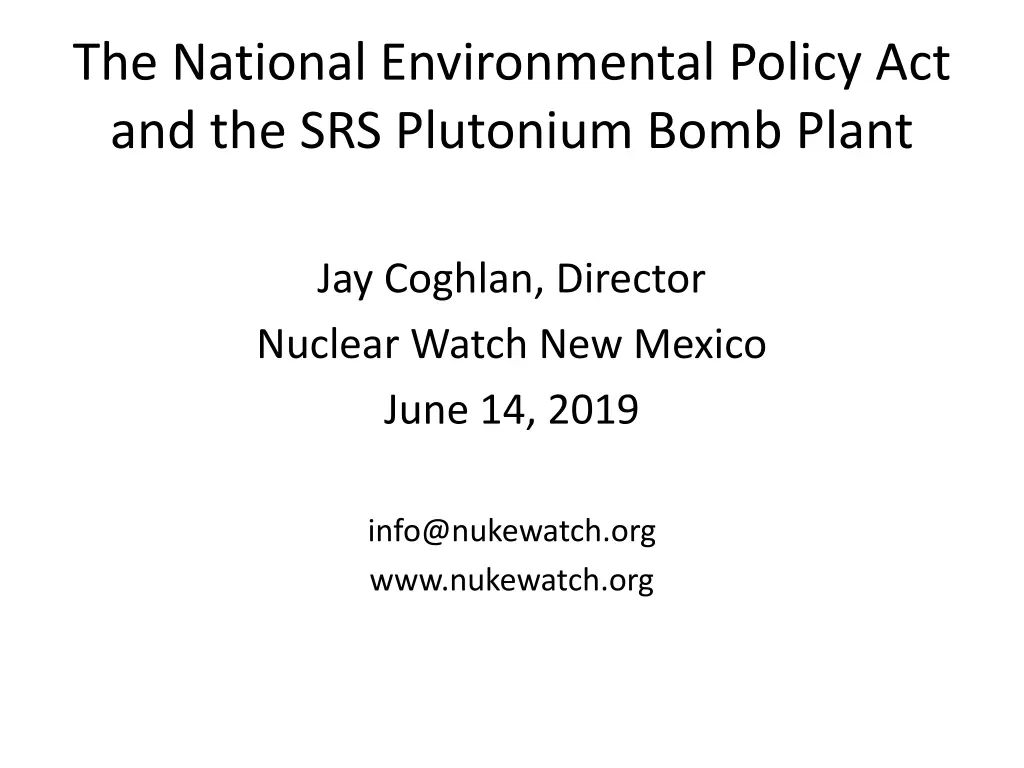
Environmental Policy Act Impact on Nuclear Programs
Explore the implications of the National Environmental Policy Act on nuclear programs, including the modernization of weaponry and production of plutonium pits. The discussion sheds light on the necessity for public comment and programmatic environmental impact assessments. Discover the requirements for raising production levels and the complexities surrounding pit manufacturing campaigns for nuclear warfighting. Environmental and safety concerns related to pit production sites are also addressed, emphasizing the importance of thorough analysis and compliance with NEPA guidelines.
Download Presentation

Please find below an Image/Link to download the presentation.
The content on the website is provided AS IS for your information and personal use only. It may not be sold, licensed, or shared on other websites without obtaining consent from the author. If you encounter any issues during the download, it is possible that the publisher has removed the file from their server.
You are allowed to download the files provided on this website for personal or commercial use, subject to the condition that they are used lawfully. All files are the property of their respective owners.
The content on the website is provided AS IS for your information and personal use only. It may not be sold, licensed, or shared on other websites without obtaining consent from the author.
E N D
Presentation Transcript
The National Environmental Policy Act and the SRS Plutonium Bomb Plant Jay Coghlan, Director Nuclear Watch New Mexico June 14, 2019 info@nukewatch.org www.nukewatch.org
$1.7 Trillion Modernization New ICBMs, Heavy Stealth Bombers, Cruise Missiles, Submarines Rebuilt Nuclear Warheads with New Military Capabilities Perpetual Cycle of Life Extension Programs
Deterrence? Post-2010 Nuclear Posture Review: The new guidance requires the United States to maintain significant counterforce capabilities against potential adversaries. The new guidance does not rely on a counter- value or minimum deterrence strategy. Report on Nuclear Implementation Strategy of the United States, Specified in Section 491 of 10. U.S.C. , Department of Defense, June 2013, page 4 (quotation marks in the original), http://www.globalsecurity.org/wmd/library/policy/dod/us-nuclear-employment-strategy.pdf That is why we have thousands of weapons for nuclear warfighting rather than the few hundred needed for deterrence-only. In turn that is why we have expanded plutonium pit production.
National Environmental Policy Act requires opportunity for public comment SRS environmental impact statement is good, but programmatic EIS (PEIS) is required: - To raise production from 20 pits per year to 80+. - Because a second site is now involved. 1998 Natural Resource Defense Council court order requires supplemental PEIS when DOE considers more than 50 pits per year at Los Alamos Lab (or 80 under multiple work shifts). https://law.justia.com/cases/federal/district-courts/FSupp2/20/45/2423390/
NEPA requires looking at purpose and need per year driven by the requirement to hedge against technical and geopolitical risk and not solely by the needs of life extension programs ? Up to 20,000 existing pits at the Pantex Plant. 2006 independent study concluded pits last at least a century. New pits were for recently canceled Interoperable Warhead. required capacity must happen even if the W87-1 program must, for some unplanned reason, deploy with a reused pit. If that were to be the case, then the pit manufacturing campaign would provide new pits for the LEP or replacement program that follows the W87-1. https://nukewatch.org/newsite/wp-content/uploads/2019/03/W78-Replacement- Program-Cost-Estimates-IHE-1.pdf New W87-like pits, raising reliability & testing issues. Why is FY 2015 Defense Authorization Act requirement for 80 pits
NEPA requires analysis of environmental and safety impacts Heavy contamination from pit production at both the Rocky Flats Plant and Los Alamos Lab. Incomplete cleanup at Rocky Flats. DOE plans to cap and cover rad & toxic wastes at LANL. Pit production will inevitably add to contamination, radioactive wastes and plutonium inventory at SRS. Chronic, unresolved safety problems at both Rocky Flats and LANL. How safe is SRS?
Costs of expanded pit production SRS alternative estimated at $27.8 billion over 30 years. - Cost of repurposing problem-plagued MOX Fuel Fabrication Facility? Los Alamos cost is $14.8 billion, or $42.6 billion combined. https://nukewatch.org/newsite/wp-content/uploads/2019/03/FINAL-Pu-Pit-Production-EA- Results-05.14.18_Unclassified.pdf Estimated 1,807 pit production jobs at SRS. https://nukewatch.org/newsite/wp-content/uploads/2019/03/Pu-Pit-Engineering-Assessment- Report-Rev-2_20-April-2018.pdf, p. 3-7. Existing SRS work force is ~11,000, net addition not available. (generally around 1.3) How many more jobs would be produced through comprehensive cleanup, cyber security or renewable energy research? Military spending has lowest beneficial economic multiplier
The NEPA process Scoping hearing for SRS EIS, June 27, 2019 (5:00 p.m. 9:00 p.m. EST) at the North Augusta Community Center, 495 Brookside Ave, North Augusta, SC 29841. Submit oral scoping comments and/or in writing to NEPA-SRS@srs.gov Draft EIS, date TBD. Submit comments! Final EIS followed by Record of Decision. Programmatic environmental impact statement?
Contact us at www.nukewatch.org Nuclear Watch New Mexico 903 W. Alameda #325 Santa Fe, NM, 87501 505.989.7342 office & fax info@nukewatch www.nukewatch.org http://www.nukewatch.org/watchblog/ 10


